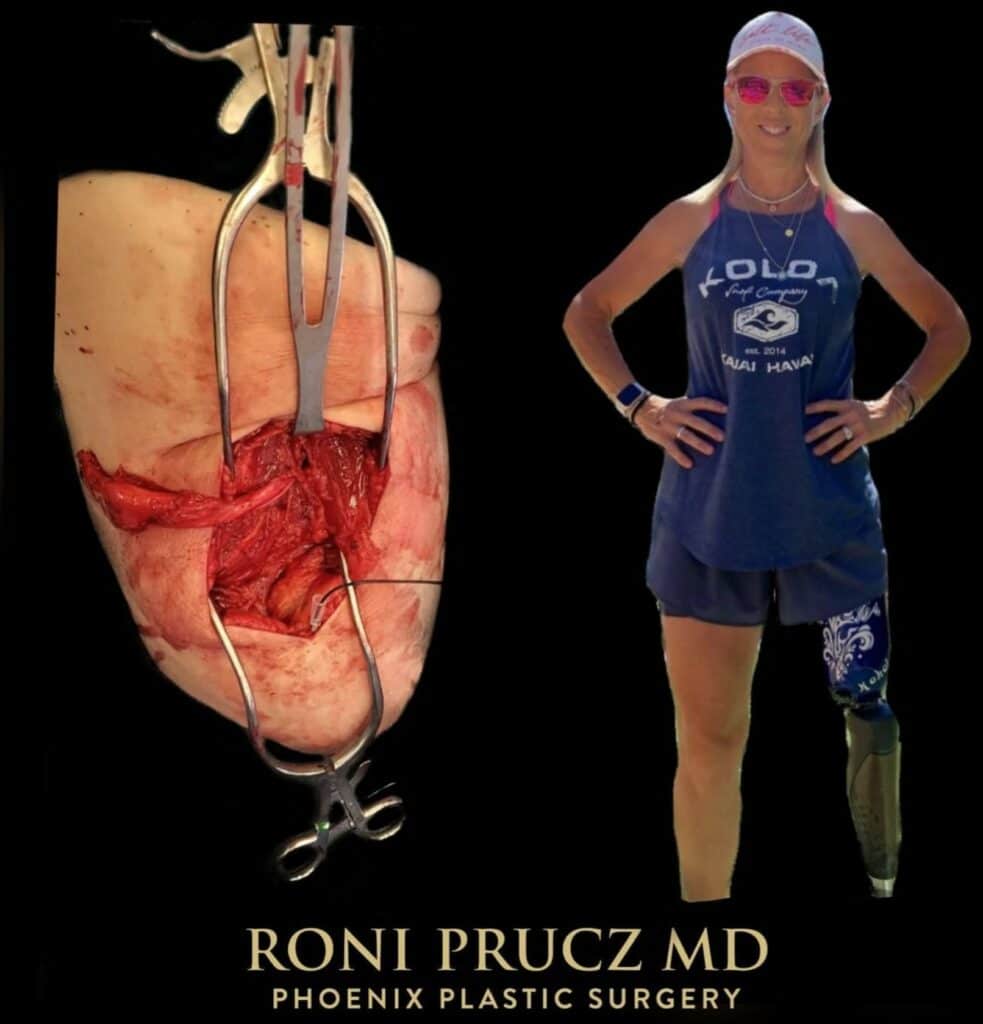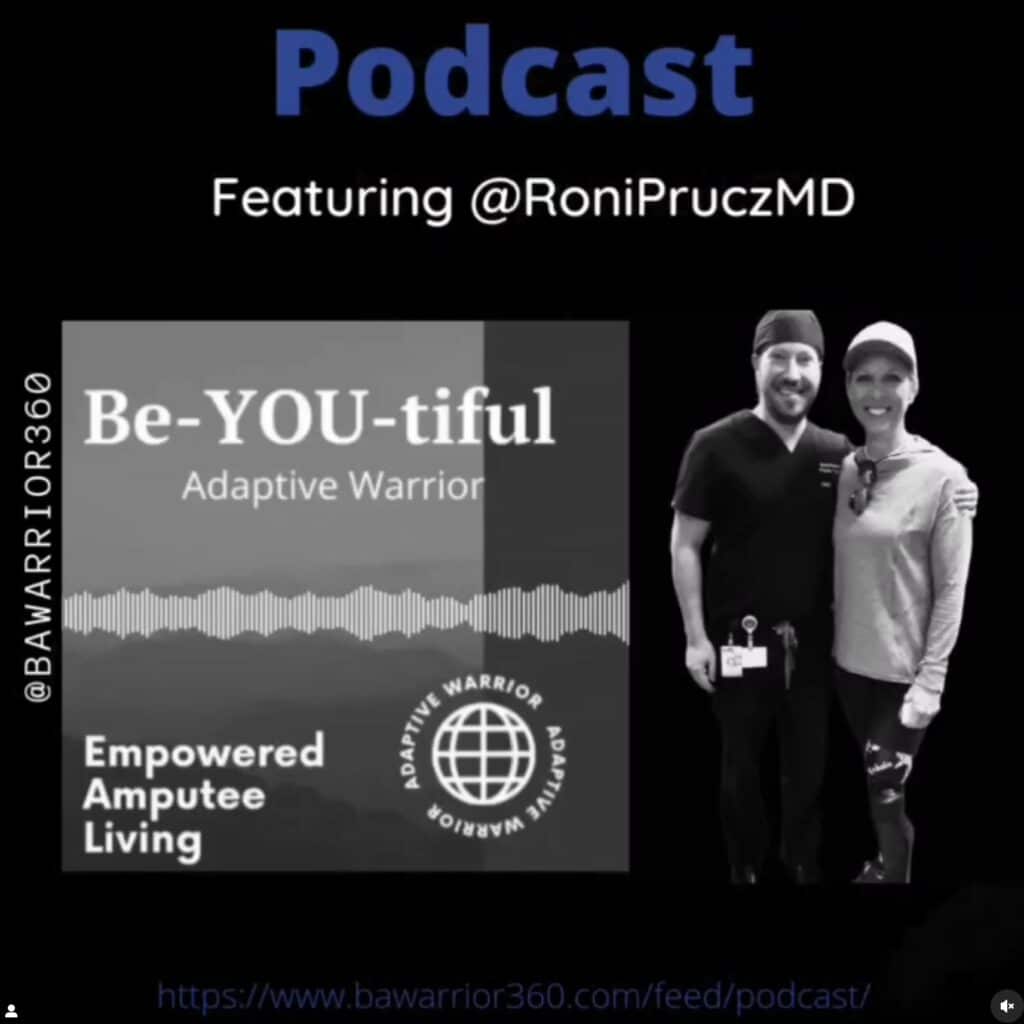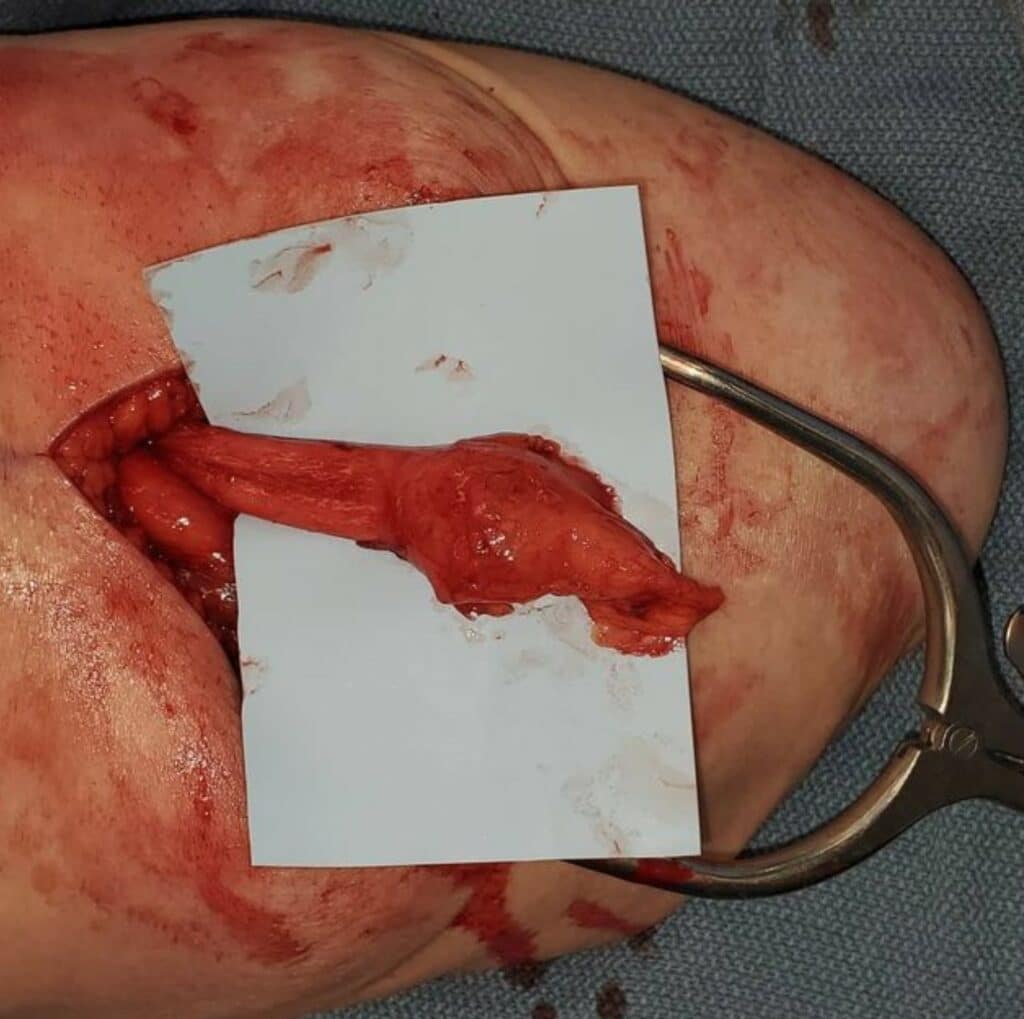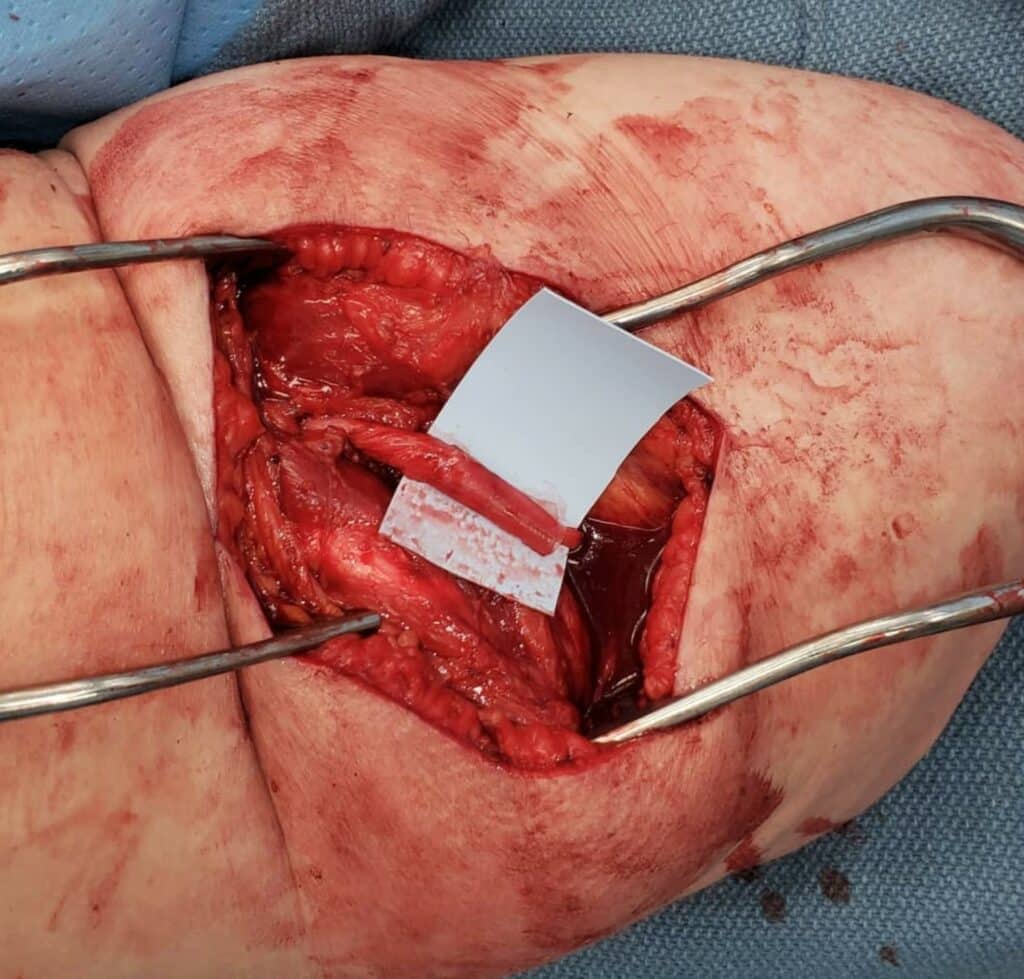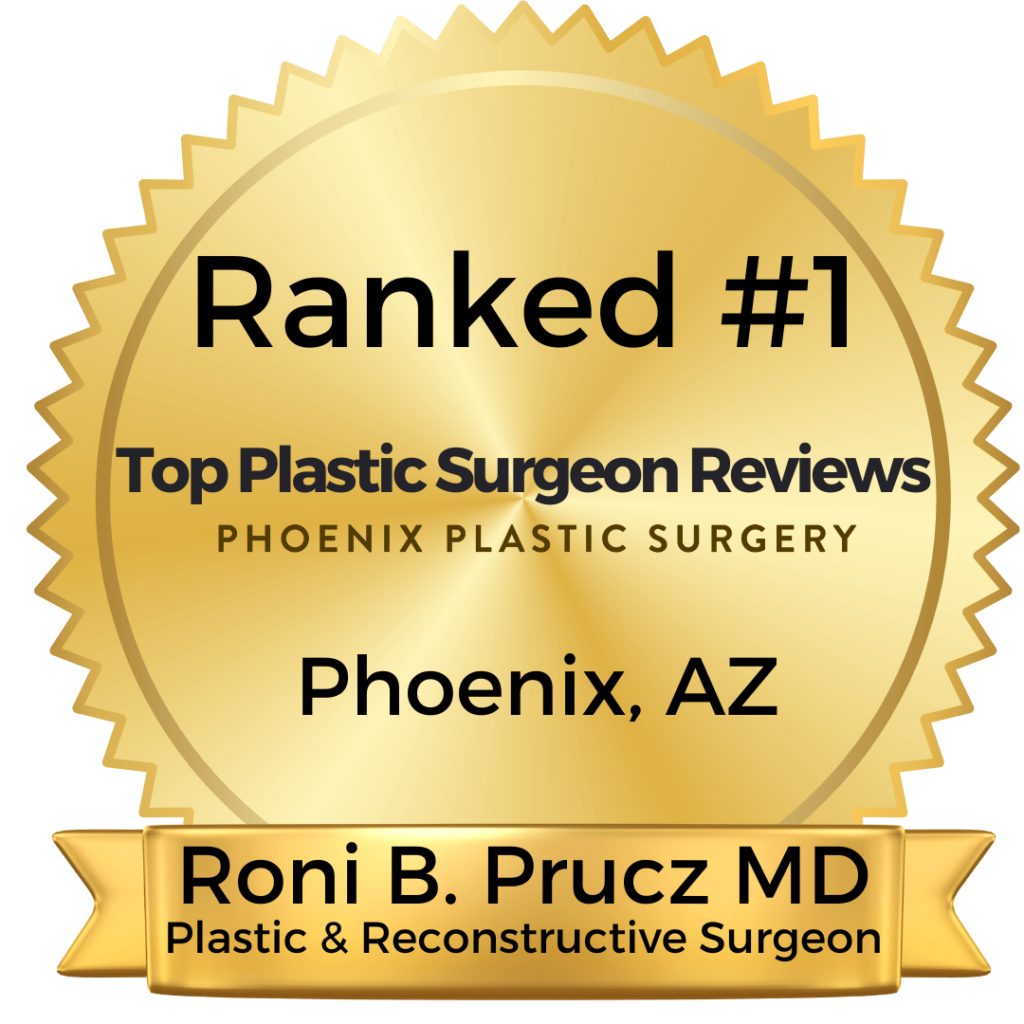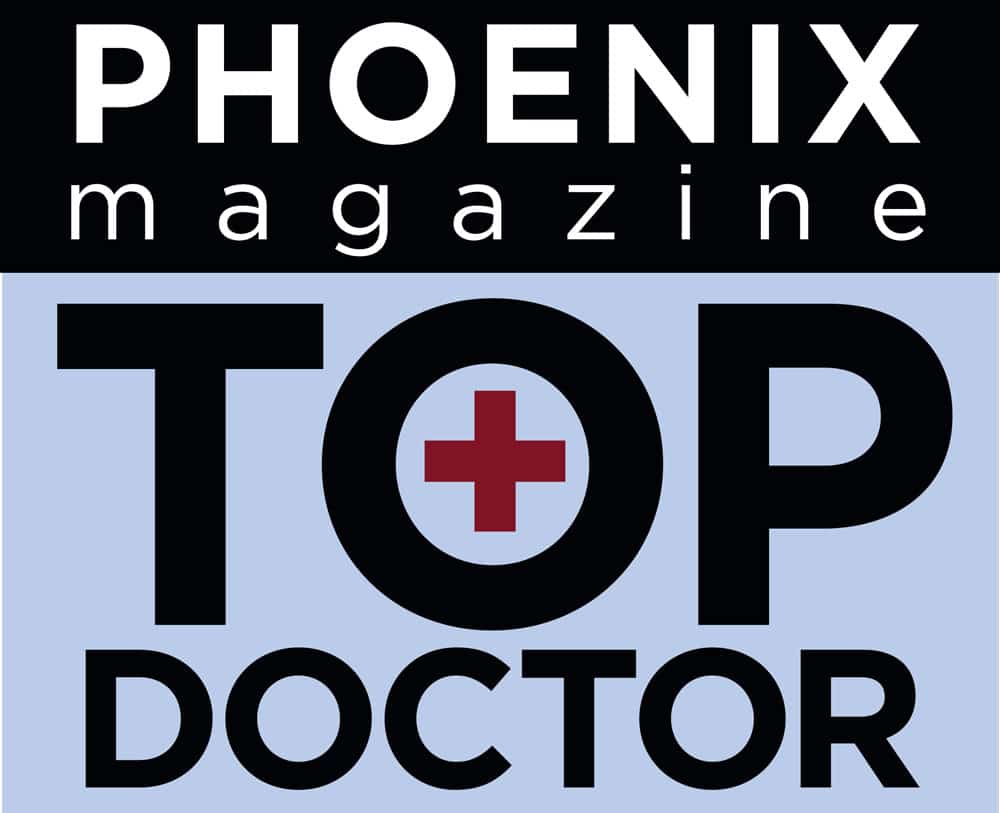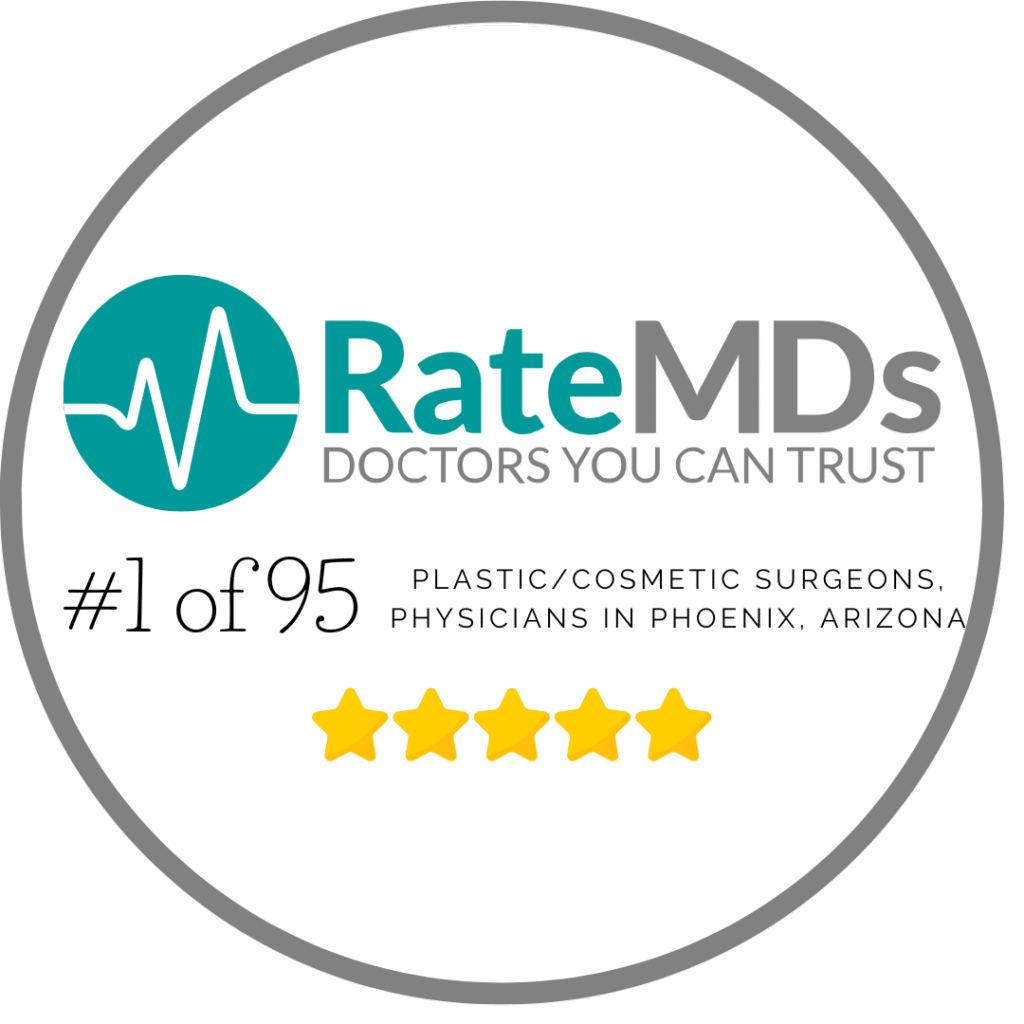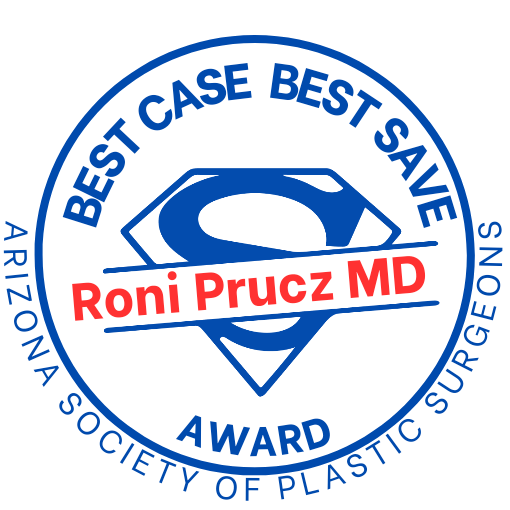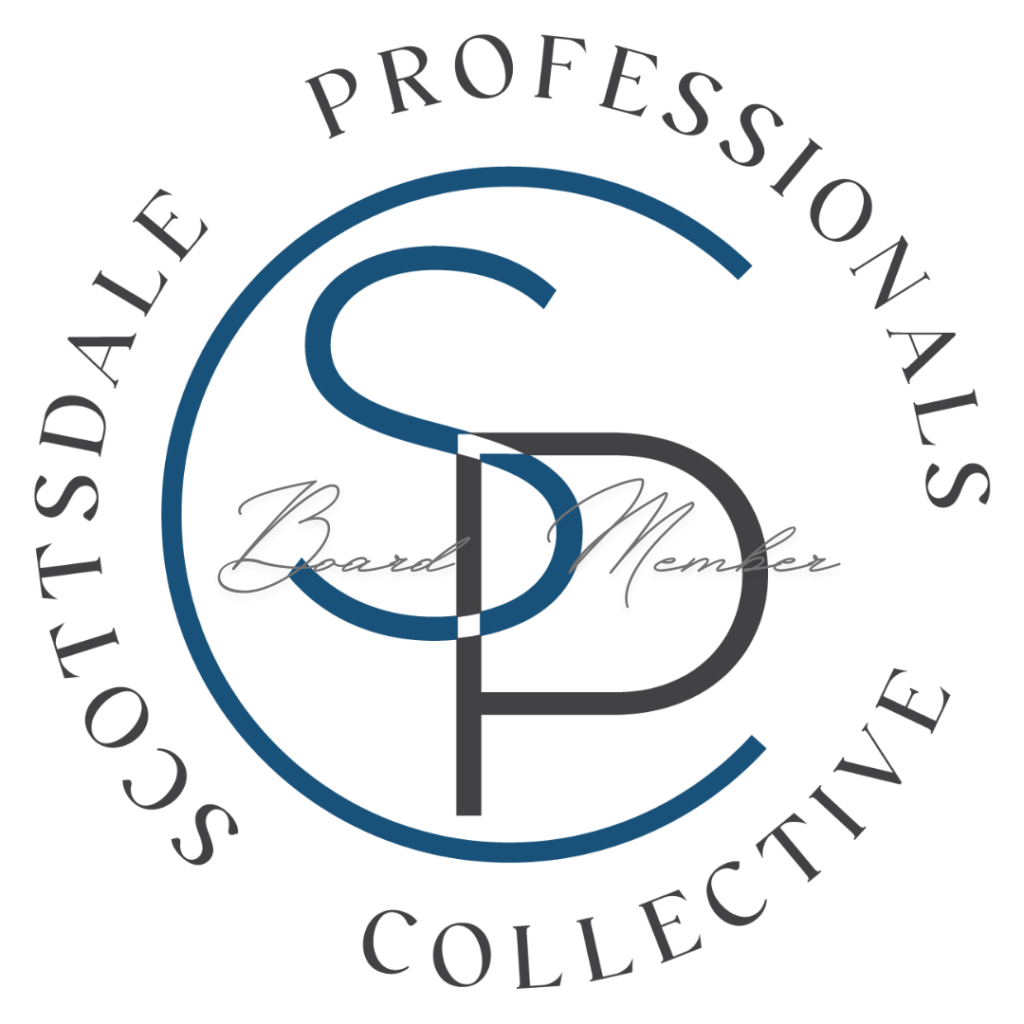How TMR Alleviates Phantom Limb Pain
While the exact mechanisms are still being researched, TMR has shown remarkable success in reducing or even eliminating phantom limb pain. TMR is believed to help alleviate phantom limb pain in several ways:
- Restored Sensory Feedback: By rerouting nerves to muscles, TMR provides the brain with sensory feedback reducing the perception of pain in the absent limb.
- Improved Motor Function: TMR allows for improved control of prosthetic devices enhancing the patient’s ability to perform daily activities.
- Cortical Remapping: TMR may facilitate changes in the brain’s sensory and motor cortex helping to rewire neural pathways and reduce pain perception.
Choose Precision and Healing: Phoenix Plastic Surgery
Targeted muscle reinnervation isn’t just about pain relief—it’s a journey toward empowered living and renewed functionality. Dr. Roni Prucz, known for his expertise and personalized care, understands the significance of delivering results that align seamlessly with your aspirations. With years of experience and top-notch training, Dr. Prucz is the number one rated Plastic Surgeon in Phoenix, Scottsdale Top Plastic Surgeon, and a Paradise Valley Top Plastic Surgeon. Click here to schedule a consultation today!

